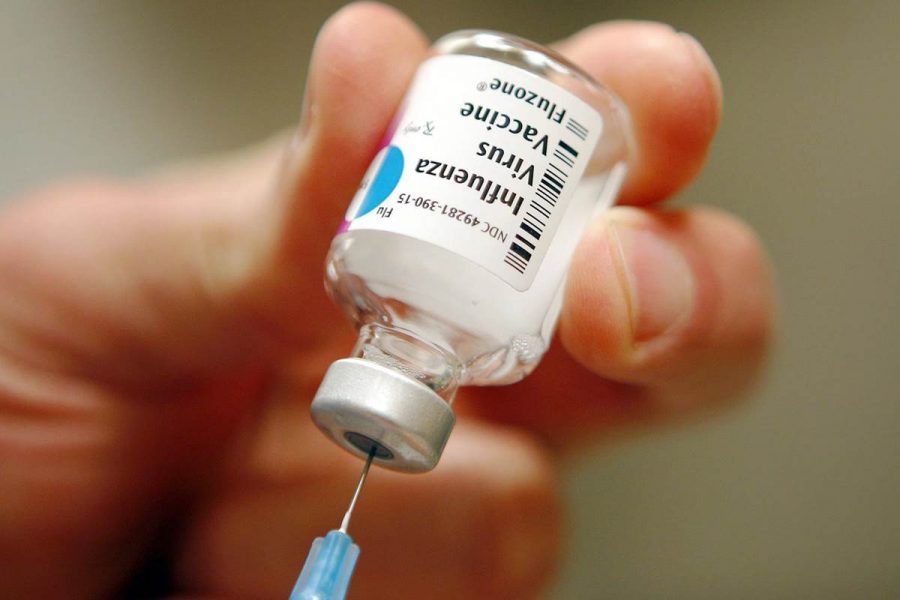By Olivia Hart
Staff Writer
The American College of Cardiology and the American Heart Association established new guidelines for determining healthy blood pressure on Monday. The new guidelines categorize more Americans as having high blood pressure (hypertension), in efforts to increase public awareness of the condition and its associated complications.
These new guidelines lower the requirements for hypertension diagnosis, from 140/90 mmHg to 130/80 mmHg. This diagnoses 103 million—about 46 percent—of American adults a diagnosis of hypertension, as opposed to 72 million Americans under the previous guidelines.

Blood pressure tests calculate the ease with which blood flows through the arteries from the heart to the rest of the body. It is described with two values: systolic pressure (the top number in the ratio) and diastolic pressure (the bottom number), both measured in millimeters of mercury (mmHg).
Systolic pressure is the pressure that freshly pumped blood exerts against the muscle walls of the artery during a heartbeat. Diastolic pressure measures the blood’s pressure against the artery walls when the heart rests in between heartbeats.
Higher blood pressure means that the heart needs to work harder to pump blood through the arteries, and this condition can cause strokes, kidney disease, and ultimately, heart failure. Obesity, high salt intake, little physical activity, smoking, and high stress levels are also strongly linked with hypertension.
These guidelines were lowered so that more Americans will be motivated to change their lifestyles and address hypertension. Cardiovascular disease and stroke are two of the world’s leading causes of death, but they can be prevented if people detect and treat high blood pressure early enough.
Over 150 million Americans are overweight or obese, constituting one of the country’s most widespread epidemics. Treating obesity in the United States will simultaneously decrease the prevalence of heart failure caused by hypertension. Effective treatment practices for obesity and hypertension include decreasing salt intake, exercising regularly, quitting smoking, and decreasing consumption of alcohol.
Yet, the change in guidelines does not come without a cost.
“Is it going to be hard to meet those blood pressure goals? The answer is a pretty significant yes,” said Dr. Raymond Townsend, director of the hypertension program at Penn Medicine. Many structural barriers, such as poverty, prevent Americans from properly treating obesity. However, if effective measures are taken to meet these blood pressure goals, public health will improve in the US and across the world.


















